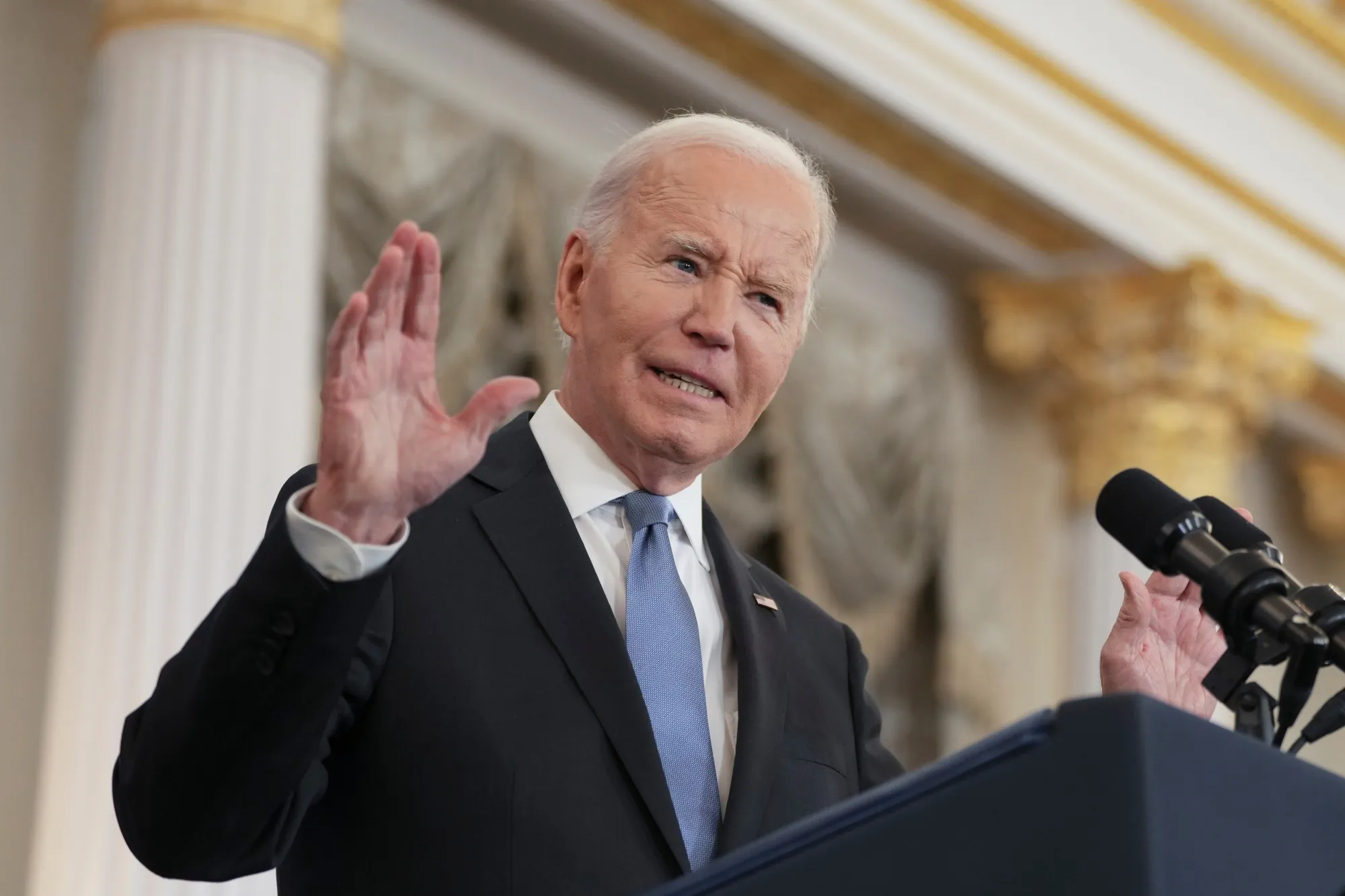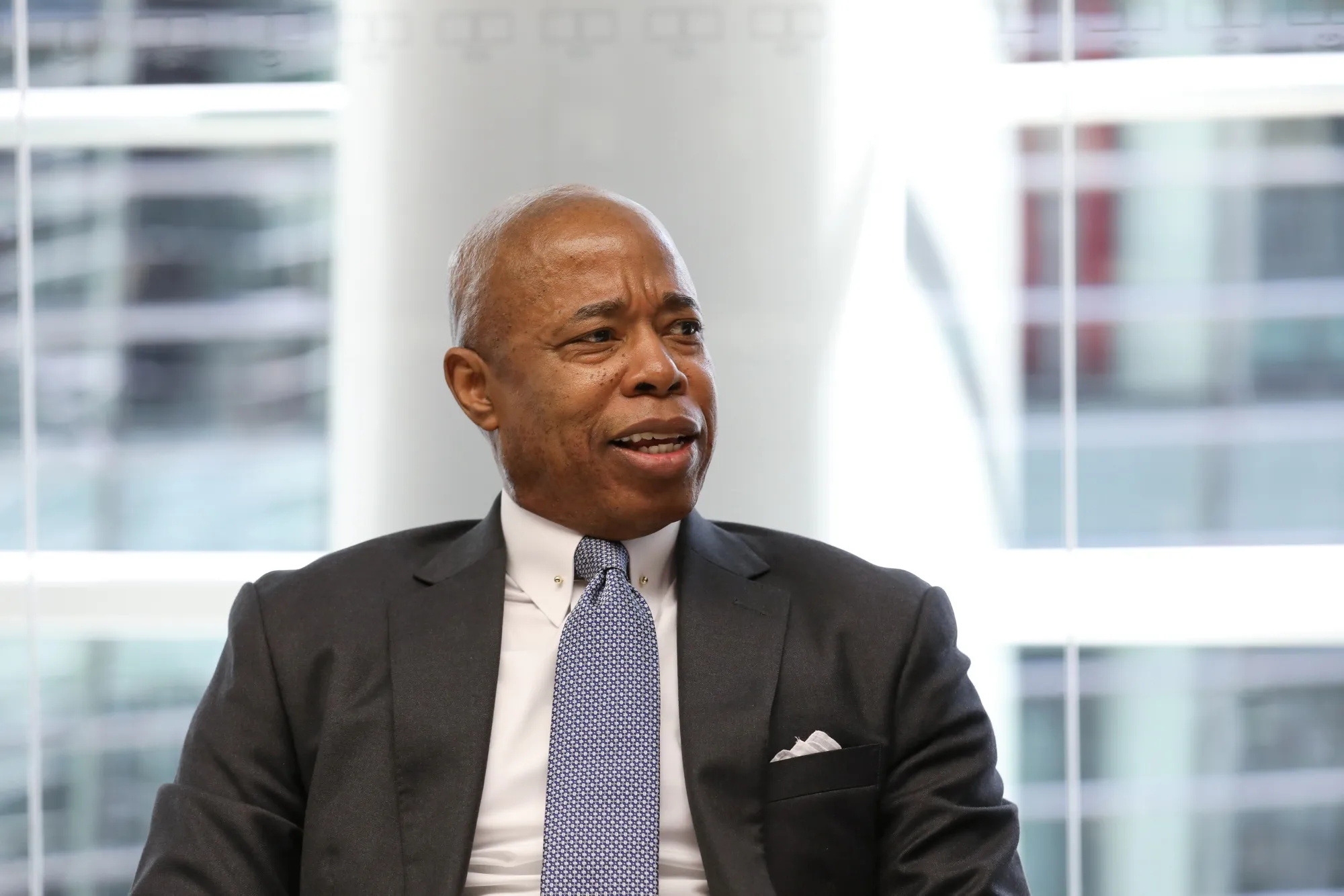Costco Wholesale Corporation delivered a steady performance in its fiscal fourth-quarter earnings report, despite a minor miss on revenue.
The company reported total revenue of $79.7 billion, falling just short of analysts’ expectations of $79.97 billion, according to data compiled by LSEG. However, strong profitability offset the revenue shortfall, leading to an earnings per share (EPS) of $5.29, surpassing the projected $5.08. The EPS included a one-time tax benefit of 14 cents per share, but even without it, Costco’s earnings still beat forecasts.
While total sales increased by 1% year-over-year, it’s important to note that the prior year’s quarter included an additional week, which skews the year-over-year comparison. Costco’s gross margins also exceeded expectations, coming in at 11%, compared to Wall Street’s estimate of 10.94%. Adjusted same-store sales growth reached 6.9%, driven by increased foot traffic, although average ticket prices slightly declined.
Costco’s e-commerce sales rose 18.9% year-over-year, but growth slowed compared to the previous quarter, reflecting a broader trend of tempering online sales growth. Meanwhile, the company’s membership fee income of $1.5 billion was lower than expected, but this did not account for the recent membership fee increase, which took effect on September 1.
Despite the modest revenue miss, Costco’s earnings results reaffirmed its long-term strength, according to market analysts. The company’s focus on maintaining its cost-efficient business model and passing on savings to consumers continues to be a major draw for value-seeking shoppers, especially in a high-inflation environment. Notably, nearly half of the new members Costco added in fiscal 2024 were under the age of 40, which CFO Gary Millerchip cited as an encouraging sign of long-term customer retention.
Costco has also been proactive in managing potential supply chain disruptions, including preparing for a possible port strike on the US East and Gulf coasts. The company has implemented contingency plans, including redirecting goods to different ports and receiving holiday merchandise early.
In light of these results, analysts have raised their price target for Costco’s stock from $875 to $950 per share, indicating continued confidence in the company’s ability to perform in the coming quarters. The stock has already seen substantial growth, with a 37% increase year-to-date, closing at a record high of $917.08 earlier in the week.
While Costco shares are not cheap, analysts believe that the company’s loyal customer base and ability to offer value will continue to support its premium valuation. Additionally, the impact of the recent membership fee hike, which has not yet been fully realized, is expected to boost revenue in the latter half of fiscal 2025 and into fiscal 2026.
Looking ahead, Costco plans to expand further, with 26 new warehouse locations slated for fiscal 2025, 12 of which will be outside the US This comes on the heels of the company’s fiscal 2024 expansion, which included its first-ever store in Maine, bringing Costco’s presence to 47 US states.
With input from CNBC, Fortune, Investopedia.









